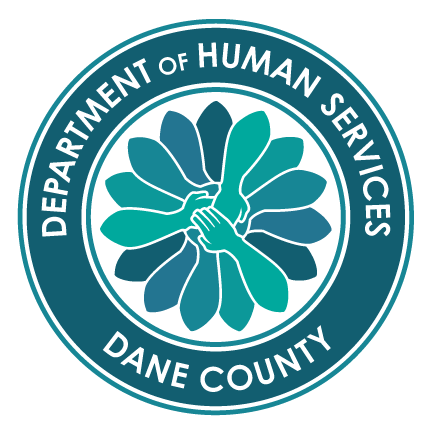
We have a new name! The Neighborhood Intervention Program is now Youth Justice and Prevention (YJP)! We have changed our name to be more reflective of the services we offer as well as the population we serve. Beginning in 2017 and ending in 2020, all Youth Justice Units consolidated into one building, located on N. Sherman Avenue.
The Balanced and Restorative Justice (BARJ) Model suggests that in response to crime we need to focus on three goals:
COMPETENCY DEVELOPMENT (of kids and families)
ACCOUNTABILITY
COMMUNITY PROTECTION
In focusing on these three goals, Social Workers assess youth referred for law violations and make recommendations to the court system partners about how to best address the youth’s needs. A variety of programming, via both in-house and purchase of service providers is available to address individual needs. While developed initially as in intervention strategy, many of the BARJ principles are consistent with the best research and practices in preventing delinquent behavior.
Evidence-based practice (EBP) is the objective, balanced, and responsible use of current research and the best available data to guide policy and practice decisions, such that outcomes for consumers are improved. Used originally in the health care and social science fields, evidence-based practice focuses on approaches demonstrated to be effective through empirical research rather than through anecdote or professional experience alone.
An evidence-based approach involves an ongoing, critical review of research literature to determine what information is credible, and what policies and practices would be most effective given the best available evidence. It also involves rigorous quality assurance and evaluation to ensure that evidence-based practices are replicated with fidelity, and that new practices are evaluated to determine their effectiveness.
In contrast to the terms "best practices" and "what works," evidence-based practice implies that 1) there is a definable outcome(s); 2) it is measurable; and 3) it is defined according to practical realities (recidivism, victim satisfaction, etc.). Thus, while these three terms are often used interchangeably, EBP is more appropriate for outcome-focused human service disciplines.
(Source: Crime and Justice Institute at Community Resources for Justice (2009). Implementing Evidence-Based Policy and Practice in Community Corrections, 2nd ed. Washington, DC: National Institute of Corrections.)
EBP suggests it is important to pay attention to dosage: as risk increases, so should treatment hours, length of treatment, and intensity of contacts.
Equally important, low-risk youth could be negatively affected by traditional contact standards and contacts with more high-risk level youth. For high-risk youth with multiple high-risk factors, it is best to address the highest risk factors first. Mark Carey recommends a focus on the risk factors that are behind the youth’s illegal behavior, a response that teaches skills to youth that directly link to their motivation to participate in risky behaviors and repetitive skills practice.
Wisconsin has selected an assessment tool for use statewide that considers a youth’s risk to reoffend in the context of the youth’s needs and strengths. The Youth Assessment Screening Instrument (YASI) is validated for youth and measures risk, needs, and strengths and helps develop case plans for at-risk youth. The YASI also has a pre-screen version that is used to help guide early decision making and assign case resources. The YASI looks to identify both the dynamic (changeable) and static (historic and unchangeable) risk factors of youth in order to guide case planning and better structure and target services to those youth with higher needs. The YASI assesses both protective factors (strengths) and risk. The protective factors are used to mitigate risk.
Assessment information is gathered from multiple sources, including but not limited to the youth, the family, law enforcement reports, schools, official records, referral information, etc. The YASI is a tool used in conjunction with one’s interviewing skills to gather information from the youth through a series of questions. It is structured to help initiate discussions with the youth about relevant domains to help assess static and dynamic risk factors.
The YASI will help guide the creation of a relevant case plan that promotes positive behavioral change. The YASI assessment and case planning process is individualized and matches supervision and intervention strategies with the youth’s motivation level.